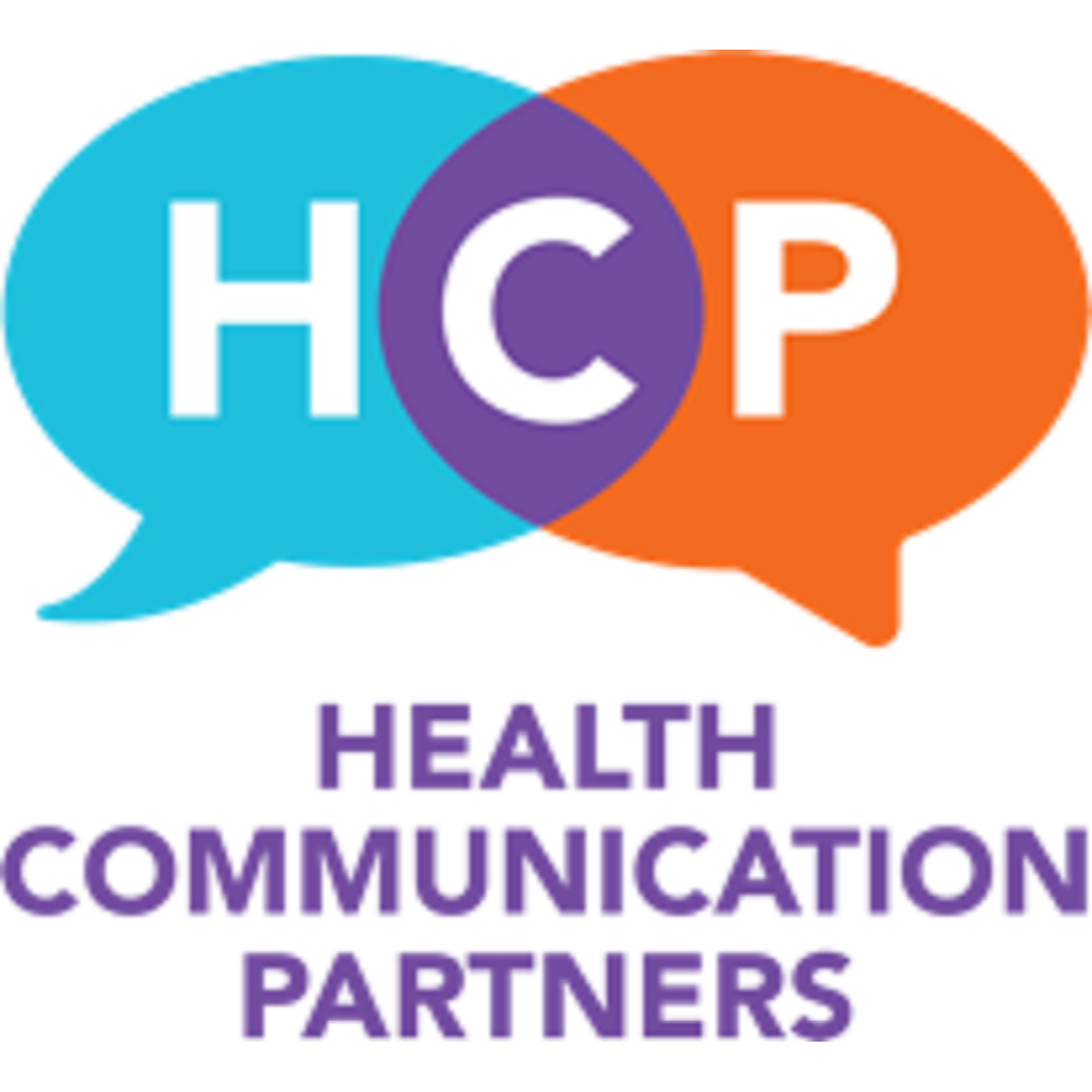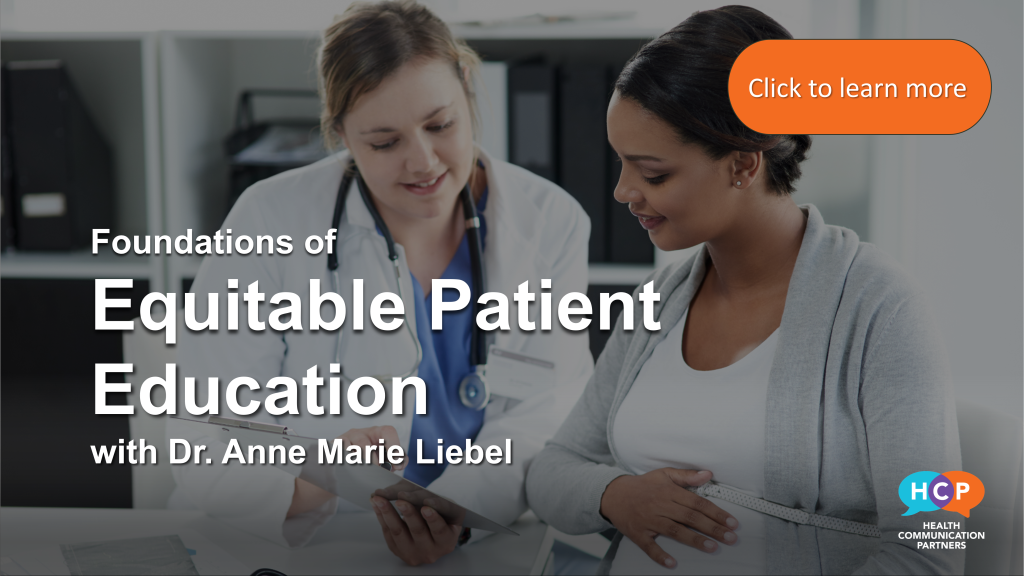If you’re a health care provider, you educate patients in some way. Theories about education, like any others, can morph over time. This episode invites you to consider what you’ve been assuming about learning and learners. And I give you two things to keep in mind for the next time you educate a patient.

EPISODE TRANSCRIPT
Hi, this is 10 minutes to better patient communication. I’m Dr. Anne Marie Liebel.
Today brings a close to a series I started a few months back, called 5 steps to improve your patient education. I promised to take a closer look at each of those 5 steps. So far I’ve written about eliciting patient background knowledge; how you handle your medical knowledge; being clear about your goals for the patient education encounter; and how you’re assessing your patient education.
Here, I invite you to take a quick look at learning and learners. Because it’s easy, in all of the hustle and the bustle, to focus mainly on what you have to do, and what you have to say, in the educator role.
So let’s get started.
Medical education programs take different approaches to preparing providers for their roles as educators. Health systems and other organizations also may offer ongoing development in educational strategies or approaches. So chances are, somewhere along the line, you’ve encountered some theories about education or adult learning.
Educational theories, like any others, can morph over time. Sometimes they’re revised or expanded by the people who established them. They get critiqued by some people, embraced by others. Some theories stand the test of time. Others somehow stick around, despite being disproven – or even shown to have negative consequences.
It may have been a while since you thought (in a formal way) about why you’re doing what you’re doing when you educate your patients. But you want to reach patients–and you don’t want to waste anyone’s time.
I’m going to give you two things to keep in mind about learners and learning, for the next time you educate a patient.
- Everyone can learn
There are plenty of pressures against thinking about your patients as learners.
Time is one of them. Various organizational constraints are another.
But there are also subtler pressures against seeing your patients as capable learners. Sometimes, patients can be framed or positioned in negative ways by research, theories, policies, or everyday taken-for-granted arrangements in an organization. And that’s what I want to draw your attention to now.
One way this happens is through a deficit perspective, which I’ve written about before.
A deficit perspective is anything that maintains a focus on what a patient doesn’t understand, or doesn’t do; what a patient’s situation lacks; what his or her community can’t provide.
And this perspective is common. As adult literacy researcher and educator Alan Rogers points out in this book:
“Such approaches were and still are supported by international agencies, especially some UN bodies. Rather than ‘start where they are’ with what learners can do and are doing, these programmes stress the deficit approach: what learners cannot do or do not do.”
Of course, the point is not to ignore what the patient needs, but to see the patient as more than a collection of needs.
This might remind you of patient-centeredness, moving toward seeing the patient as more than a collection of health problems. It’s about interacting with a patient as a whole person, with a full life, and as part of multiple communities. when we start where they are, the goal of education becomes expanding and extending what the patient is already doing, in order to help get his or her needs met.
I’ll also ask you to step back and let yourself consider–and consider again–any theory, policy, strategy or research that implies some people can’t learn.
You may have run into such material already.
It can take the form of statements that attempt to settle the matter once and for all on such matters as
- what counts as learning
- what good learning looks like
- who counts as learners
- what good learners do
The implication is often that those who do not fit that definition are not learning, no longer learning, or not interested in learning.
Be on guard for implications that ‘those kinds of people’ just can’t learn.
 2. Learning is individual and interactional
2. Learning is individual and interactional
For about 50 years, researchers have studied adult learning, as well as document the range and variation of where, why, how, and with whom it happens. Learning sciences, a related field, is also robust.
Both of these fields continue to evolve, add to what we know about learning and adult learning, and inform other fields like human centered design, smart gaming, and AI.
I mention this so you’ll take a good hard look at any strategy, theory, research or policy that’s gonna tell you the way it is when it comes to learning, or adult learning specifically. Anything that smells like oversimplification.
You’re right to be suspicious when someone veers into sounding like they know what learning is all about and they’re going to explain the secret to you. Kind of like those banner ads for ‘one weird trick’ that gives you a flat belly.
That’s not to say we’ve learned nothing about learning over the last 50 years. It’s just…complicated. More complicated than it’s sometimes convenient to admit.
But I don’t want to leave you hanging, so I will tell you two things to keep in mind when it comes to patient education. So I don’t run the risk of getting into the weird-trick-flat-belly territory, I’ll cautiously say this is an area where there is modest agreement across theories and theorists.
You’re likely familiar with one of the adult learning theories that came about in the first half of the 20th century, because it’s become a popular metaphor: the brain-as-computer.
This is the idea that learning is something that happens inside a lone individual’s head. This was the ‘cognitive revolution.’ It’s very cool and aligns with other fields of study, including brain research.
At the same time, other research found that those computer-brains are also networked. This, as Fred Erickson points out in this article from the Journal of Learning Sciences, is the ‘interaction’ revolution (sometimes called the ‘social turn.’) We learn in interaction with other people.
(If you want to play with the metaphor, you could imagine how much learning you can do with your computer or mobile device when it’s not hooked up to a network.)
So when it comes to learning as a subject of study, it may be that two theories are better than one. Learning does of course happen in people’s heads, but it is also social. We learn through interaction with people, texts, videos, and nearly limitless features of our environment.
Everyone can learn. So don’t give time to those who might suggest otherwise about your patients.
I invite you to, as Alan Rogers said in the above quote, “start where they are.” See your patients as people who are already making sense of their health and what it means to take care of their bodies. When it comes to the topic or goal of your education, ask them what they already can do and are doing, and what they already care about, in that area.
Learning is individual and social. Though you want to continue to do your best, and provide information in multiple modes, the pressure is off you to ‘do it all’ in your time with the patient. This is because some learning will happen as your patient interacts with the material you share, and also with his or her various social groups. So make sure there is something your patient can take home and share with others. The learning continues when they leave you, and that’s a good thing.
If you are interested in taking your language use seriously, why not start with your metaphors? This workshop shows you how to break down the metaphors you use, understand their cognitive and affective aspects, and evaluate them in use. On demand, right on this site.
